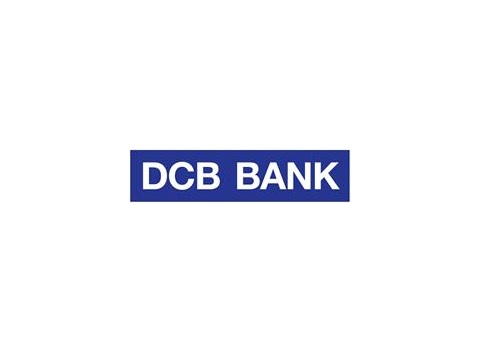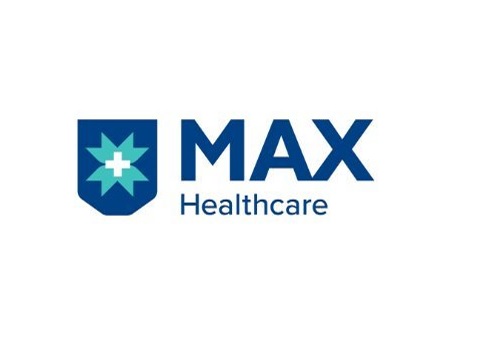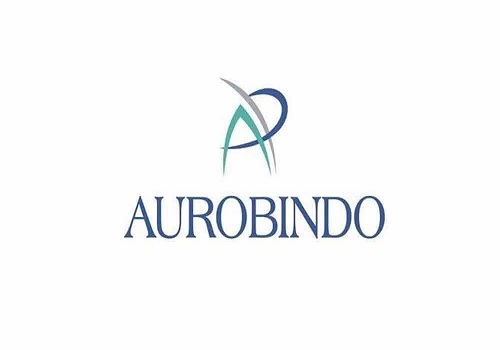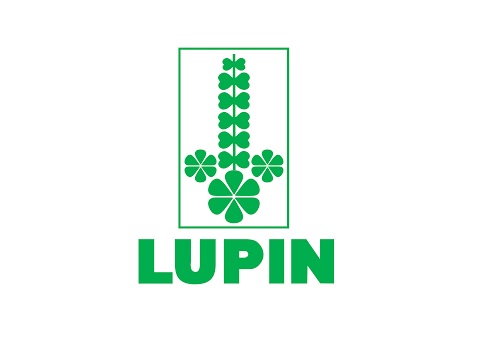Pharma & Hospital Sector : Q4FY25 Pharma Review – Growth Momentum in Hospitals & Stability in Pharma By Axis Securities Ltd

* Key Highlights & Financial Performance
• The pharmaceutical universe under our coverage reported Q4FY25 growth of 12.3% YoY and 2.3% QoQ, driven by strong growth in the India business (11.2% YoY). The US business reported growth of 7.7% in CC terms, while uncertainty was around trade tariffs.
• In the domestic market, the Indian Pharmaceutical Market (IPM) recorded 8% YoY growth in Q4FY25. Chronic therapies grew by 9%, while acute therapies saw a modest 4% growth, primarily due to a weak season for acute segments.
• Gross margins improved to 66.1%, reflecting a 95 bps increase YoY and 40 bps QoQ. This improvement was supported by the launch of niche products, low single-digit price erosion, a higher proportion of Indian business in the product mix, and stable raw material prices.
• The healthcare sector delivered robust growth in Q4FY25, with top-line revenue increasing by 20% YoY and 2% QoQ. This growth was driven by improved occupancy rates, which rose 60 bps YoY, while ARPOB grew by 6% YoY.
Back on Growth Track
• The pharmaceutical universe under our coverage reported Q4FY25 growth of 11.5% YoY and 1.6% QoQ, driven by strong growth in the India business (11.2% YoY). The US business delivered growth of 7.7% in CC terms, while uncertainty was around trade tariffs.
• Gross margins improved to 66.1%, reflecting a 95 bps increase YoY and 40 bps QoQ. This improvement was supported by the launch of niche products, low single-digit price erosion, a higher proportion of Indian business in the product mix, and stable raw material prices. EBITDA margins stood at 25.3%, up 70 bps YoY but flat QoQ.
• On a QoQ basis, the US business, at $2,240, shows growth of 7.7% YoY in CC terms, driven by volume growth in the base portfolio and moderate performance from top drug (gRevlimid). In line approvals (Tolvapatan, Xyway, etc), increased USFDA observations, and rising competition contributed to growth in US generics for the quarter. Additionally, Drugs like gSuprep and gDoxycycline (Lupin) were there in competition for Lupin with expected lower single-digit price erosion in the base business. Despite this, the company maintained a 20% market share in its respective drug. Aurobindo recorded revenue of $470 Mn (8.8% YoY growth in constant currency), with an estimated $35 Mn contribution from gRevlimid, largely driven by volume gains in the base portfolio and stabilised pricing.
• In the domestic market, the Indian Pharmaceutical Market (IPM) recorded 8% YoY growth in Q4FY25. Chronic therapies grew by 9%, while acute therapies saw a modest 4% growth, primarily due to a weak season for acute segments.
• Overall, we anticipate a strong pipeline in segments such as biosimilars, GLP-1, and peptides for pharmaceutical companies over the next three years. Companies with a higher proportion of chronic portfolios are outperforming the IPM. Consequently, we maintain a positive outlook on Pharma companies like Lupin and Aurobindo Pharma.
Healthcare: Robust Momentum led by Higher occupancies, Realisation, and Payor Mix
• The healthcare sector delivered strong growth in Q4FY25, with top-line revenue increasing by 20% YoY and 2% QoQ. This was driven by improved occupancy rates, which rose by 60 bps YoY. This was alongside a 6% YoY increase in ARPOB, averaging Rs 59,120 across the industry, and operational bed days significantly jumping by 18% YOY. Higher purchasing power and increased insurance penetration contributed to the rise in occupied beds, providing greater access to healthcare services and driving growth.
• Overall industry operating margins stood at 24.8%, up 60 bps YoY and 75 bps QoQ, indicating stability in operating profitability. Max Health reported an operating margin of 26.4% with an ARPOB of Rs 77,100, flat YoY. Fortis, with a 21.7% margin, achieved an occupancy rate of 69%, an increase of 300 bps YoY, largely driven by its mature hospital unit in Delhi NCR and Punjab. Similarly, Medanta reported an operating margin of 24.7%, in line with the industry average.
• Insurance payers contributed 33% to total revenues this quarter, growing 22% YoY and 5% QoQ. However, insurance penetration remains relatively low, presenting significant growth potential as awareness of health coverage rises and purchasing power improves. Additionally, high-growth therapies such as cancer and cardiac care continue to drive double-digit growth, further boosting ARPOB and occupancy rates.
• We expect the healthcare sector to sustain its growth trajectory, with annual ARPOB growth of 6-7% and an improvement of 100 bps in occupancy rates. Key growth drivers include a favourable shift in the payer mix, higher surgical volumes, and increasing insurance penetration. We remain positive on Max Healthcare Institute and Fortis Healthcare Ltd.
Volatility Amid U.S. Tariff Uncertainty
• The Indian pharmaceutical sector faces a volatile yet opportunistic landscape in FY26, shaped by two major U.S. policy shifts: a) The May’25 Executive Order on MFN Drug Pricing seeks to lower U.S. prescription drug costs by 30–80% through benchmarking to international prices; b) Potential reciprocal tariffs on Indian pharmaceutical exports, with a key trade meeting scheduled for 25th June, 2025. While these developments pose regulatory and pricing headwinds, Indian companies are well-positioned to absorb shocks due to structural cost advantages, a strong U.S. generics portfolio, and operational agility.
• On 12th May, 2025, the Trump administration signed Executive Order 14297, mandating U.S. drug prices be capped at the lowest international rates. Pharmaceutical companies have 30 days to comply voluntarily or risk regulatory enforcement across Medicare, Medicaid, and private markets.
• It is expected that the Indian pharmaceutical industry will need to wait for the tariff issue to be resolved. The products supplied by Indian manufacturers to the U.S. fulfil a critical role in supporting the U.S. government’s efforts to control healthcare costs. There is a strong possibility that certain high-value, essential drugs could be exempted from tariffs. Generics, in particular, are expected to be spared, given their history of substantial price erosion and critical role in affordable care. If tariffs are imposed, most of the added costs are likely to be passed on to consumers, limiting the direct financial burden on Indian companies.
• India's competitive advantage in pharmaceutical manufacturing is structural and long-term. Shifting production away from India would require a 5–7 year horizon to establish, validate, and operationalise alternative sites. Therefore, we do not expect any immediate or meaningful short-term impact.
• Indian pharma exports are essential to the U.S. healthcare system. As such, pharmaceutical products—especially generics—are likely to be excluded from the tariff regime. Even if tariffs are introduced, their impact is expected to be minimal. The essential nature of Indian drugs in the U.S. ecosystem, particularly in the generics space, underpins this view.
• We look forward to further clarity following the 25th June, 2025, meeting between U.S. and Indian trade officials. Until formal announcements are made, Indian pharma stocks may exhibit volatility as markets digest the evolving policy landscape.
Please refer disclaimer at https://www.religareonline.com/disclaimer
SEBI Registration number is INZ000174330























